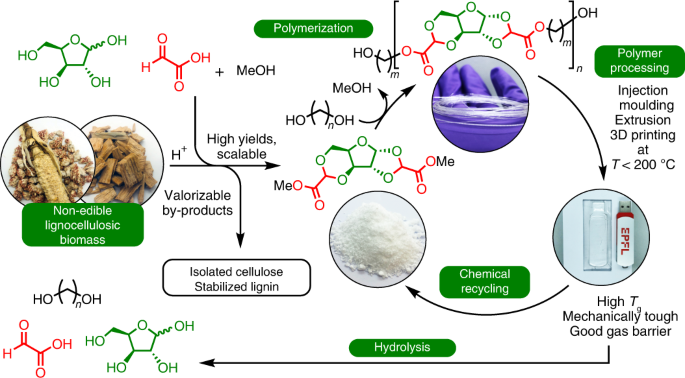2022-06-27 アメリカ・ローレンスリバモア国立研究所(LLNL)
カリフォルニア大学バークレー校とロチェスター大学の研究者を含む研究チームは、ダイヤモンドアンビルセルでの予備圧縮と、ロチェスター大学のオメガレーザー施設でのレーザー駆動衝撃圧縮を組み合わせた高度な技術を用いました。
研究チームは、単純な2原子分子の中で最も強い3重共有結合で結ばれている分子状窒素を800万気圧まで圧縮した流体に対して衝撃実験を行いました。
その結果、70-100 GPa、5-10 kK(数千ケルビン)付近で分子の解離が完了し、400 GPa、50 kK以上で最外殻電子の電離が開始する明確なサインを観測した。
チームは、窒素を研究することで、国立点火施設での慣性閉じ込め核融合爆縮の初期段階での水素分子の挙動に関する謎のいくつかを解き明かすのに役立つかもしれないと理論化しています。
<関連情報>
- https://www.llnl.gov/news/breaking-strongest-chemical-bonds-laser-shock-compression
- https://journals.aps.org/prl/abstract/10.1103/PhysRevLett.129.015701
800GPaまでの衝撃圧縮された窒素の解離とイオン化の証拠 Evidence for Dissociation and Ionization in Shock Compressed Nitrogen to 800 GPa
Yong-Jae Kim, Burkhard Militzer, Brian Boates, Stanimir Bonev, Peter M. Celliers, Gilbert W. Collins, Kevin P. Driver, Dayne E. Fratanduono, Sebastien Hamel, Raymond Jeanloz, J. Ryan Rygg, Damian C. Swift, Jon H. Eggert, and Marius Millot
Physical Review Letters Published: 27 June 2022
DOI:https://doi.org/10.1103/PhysRevLett.129.015701
ABSTRACT
Triple bonding in the nitrogen molecule (N2) is among the strongest chemical bonds with a dissociation enthalpy of 9.8 eV/molecule. Nitrogen is therefore an excellent test bed for theoretical and numerical methods aimed at understanding how bonding evolves under the influence of the extreme pressures and temperatures of the warm dense matter regime. Here, we report laser-driven shock experiments on fluid molecular nitrogen up to 800 GPa and 4.0 g/cm3. Line-imaging velocimetry measurements and impedance matching method with a quartz reference yield shock equation of state data of initially precompressed nitrogen. Comparison with numerical simulations using path integral Monte Carlo and density functional theory molecular dynamics reveals clear signatures of chemical dissociation and the onset of L-shell ionization. Combining data along multiple shock Hugoniot curves starting from densities between 0.76 and 1.29 g/cm3, our study documents how pressure and density affect these changes in chemical bonding and provides benchmarks for future theoretical developments in this regime, with applications for planetary interior modeling, high energy density science, and inertial confinement fusion research.



